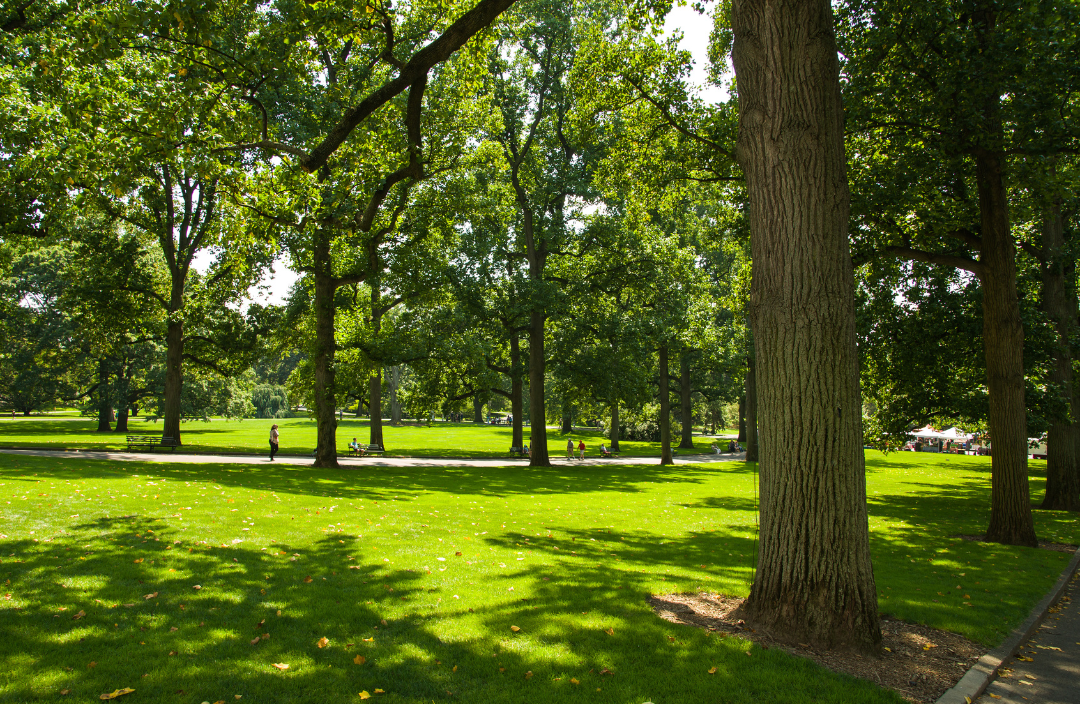Ecobricks: What Are They and How Can You Use Them?
Posted by Infinity Admin on

Canadians throw away about three million tonnes of plastic every year, with only 9% actually being recycled, according to the Government of Canada. As more and more people become mindful of the effect their choices have on the environment, solutions that help to mitigate climate change continue to grow in popularity, and ecobricking is one of those methods.
In keeping with guidelines from the Global Ecobrick Alliance—a group that has been forging the way in plastic transition—ecobricks transform used plastic into reusable building blocks that can be used to construct furniture, food-forest gardens, parks, and indoor modules like beds, tables, and chairs. They’re also an eye-opener when it comes to fully understanding how much plastic we use on a…
236 Views, 0 Comments

.png)





